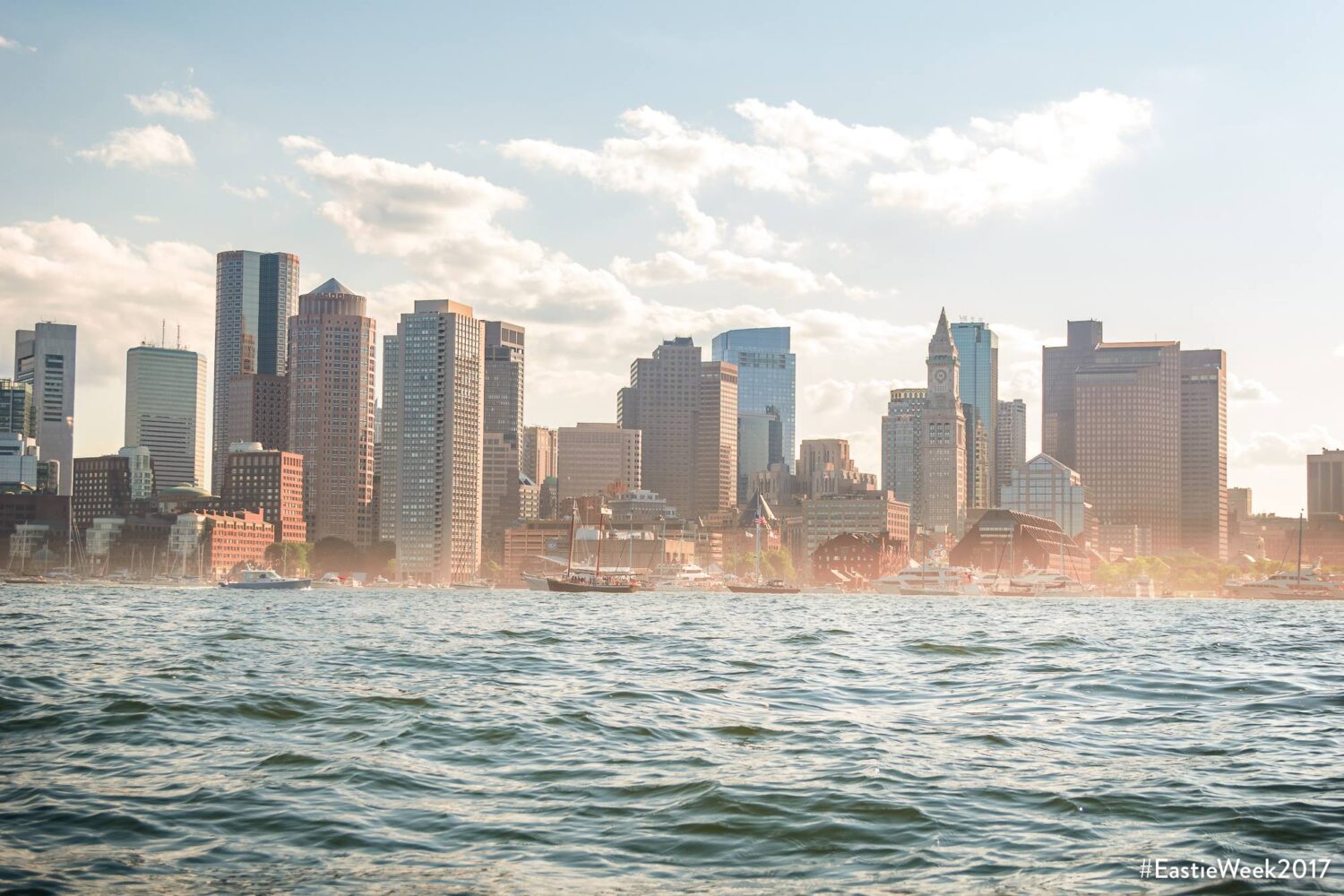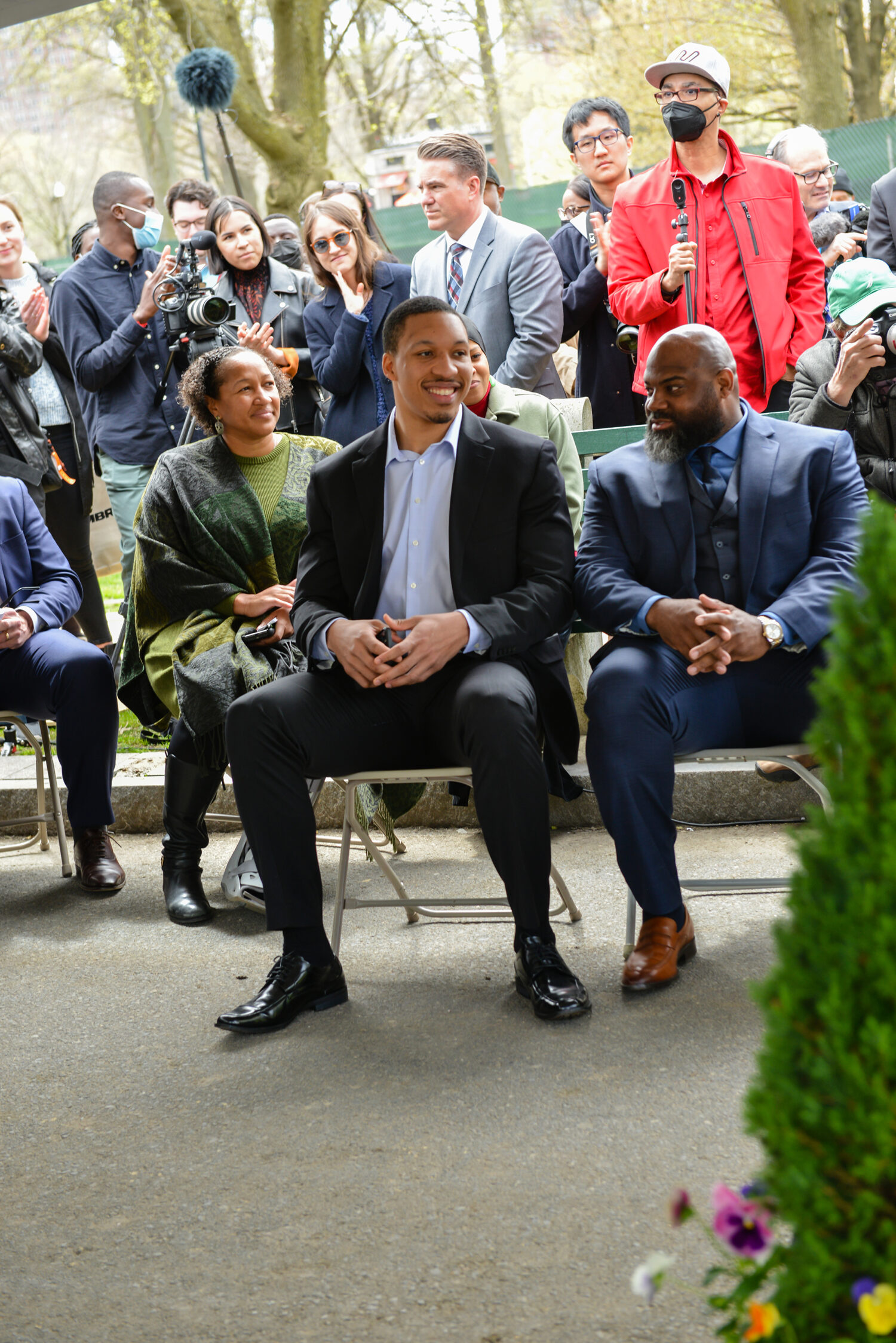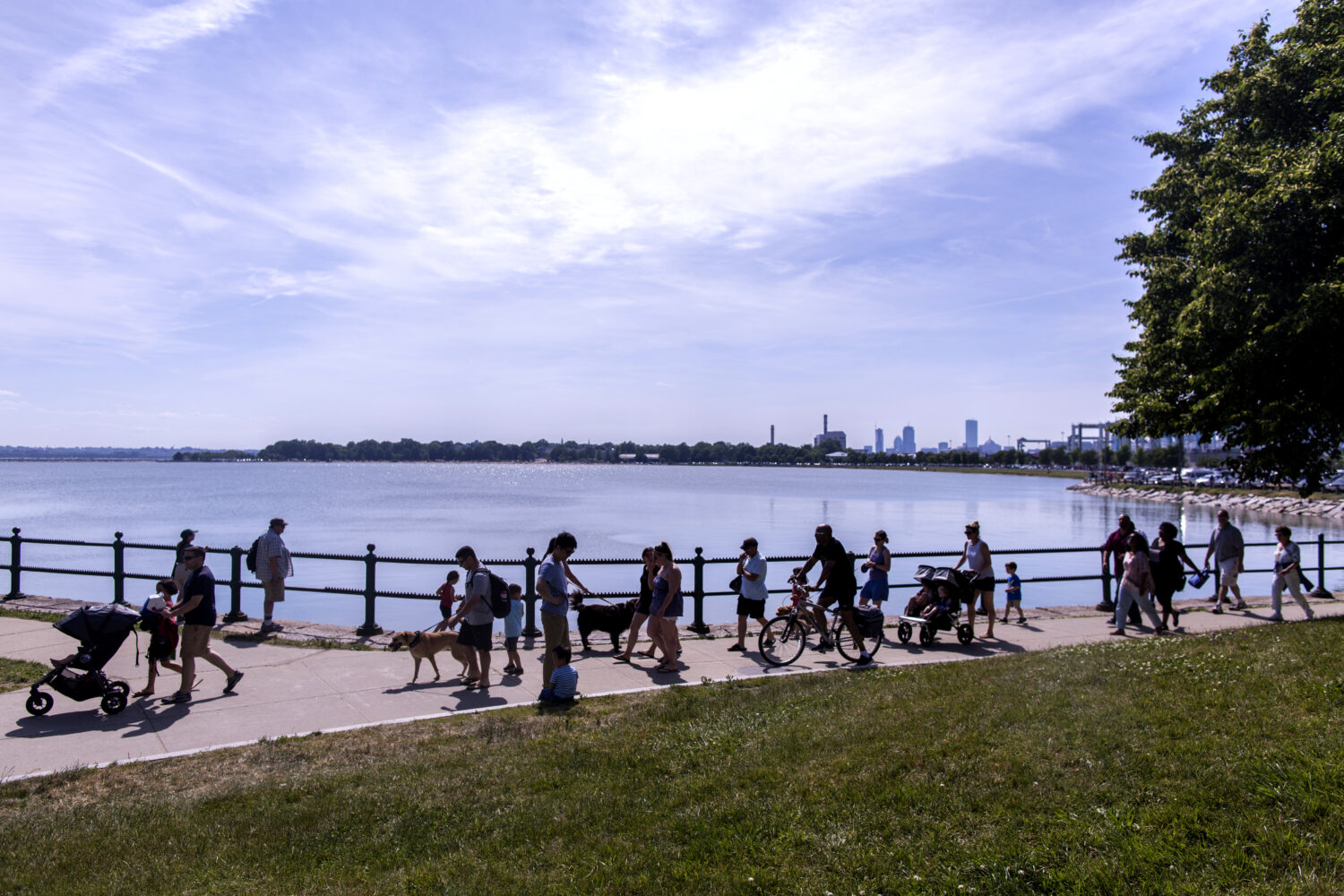Boston Harbor is your waterfront. Massachusetts state law gives you the right to access and enjoy the harbor and other waterfront areas in the state. But these legal protections are full of complex regulations, and some developers have made it look like their public land is only for private use.
To help you navigate it all, CLF has put together the People’s Guide to the Public Waterfront Act. This law, also known as “Chapter 91,” spells out your rights to access waterfront areas in Massachusetts and the steps developers must take to respect them. This guide makes it easy to understand this important law, your rights under it, and how you can get involved to ensure that Boston Harbor remains the People’s Harbor.
Public Access to the Harbor and Other Waterfront Areas is Your Legal Right
The Boston Harbor waterfront wasn’t always a desirable place to live, work, and play. In the 1980s, it was one of the dirtiest bodies of water in the country. But thanks to CLF’s work to hold polluters accountable, Boston Harbor is now a beautiful, vibrant place. Today, everyone should be able to enjoy the waterfront, but too often, private developers are roping off public spaces, both literally and metaphorically.
Did you know that you don’t need to order food to sit on the lawn at the Intercontinental Hotel and enjoy the Harbor views, even though the hotel makes it appear that you do? Or that you have every right to walk along the Harborwalk, even if areas are roped off for a “private” event?
Cleaning up Boston Harbor took more than 30 years and billions of dollars of public investment. Now, some powerful developers are reaping millions in profits from this public investment, essentially privatizing the waterfront in the process and making the rest of us feel or think we are unwelcome in public spaces.
But CLF is fighting for public access on Boston Harbor and other waterfront areas in Massachusetts. Everett’s Gateway Center avoided its legal obligation to provide public access to the Mystic River waterfront for 20 years. CLF recently spurred the Massachusetts Department of Environmental Protection to require the center to make good on its promise to build a bike path and provide amenities for the Everett community.
Whether it’s new development or existing buildings, public access rights are at risk when properties put up signs claiming a lawn is private, lock public bathrooms, or ask you to leave a public space.
You can help in the fight for our public waterfront spaces by understanding your rights and when and how to get involved in protecting them.
Our Rights and How to Fight for Them
CLF’s People’s Guide to the Public Waterfront Act is a step toward reclaiming our waterfront rights. The more informed the public is, the more often we can take action when our rights are violated. To help simplify the learning process, the guide includes a Public Waterfront Act Bill of Rights, which compiles scattered mentions of rights from government documents into an easy-to-read list with helpful examples. The guide also explains what to do if these rights are violated.
Some highlights from the Public Waterfront Act Bill of Rights:
- You have the right to be provided with free and unencumbered access to public facilities and open spaces on the waterfront.
- You have the right to well-maintained and programmed public areas.
- You have the right to meaningful participation in all Public Waterfront Act public hearings and comment processes.
Go Out and Enjoy the Waterfront
The Boston Harbor is full of public amenities, from bike racks to kayak launches to public bathrooms. Our waterfront belongs to us all to use and enjoy. Let’s keep it that way.
This article was originally published on December 5, 2018 on the Conservation Law Foundation’s blog.




